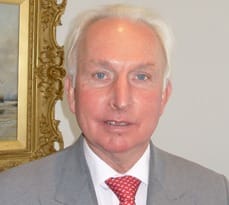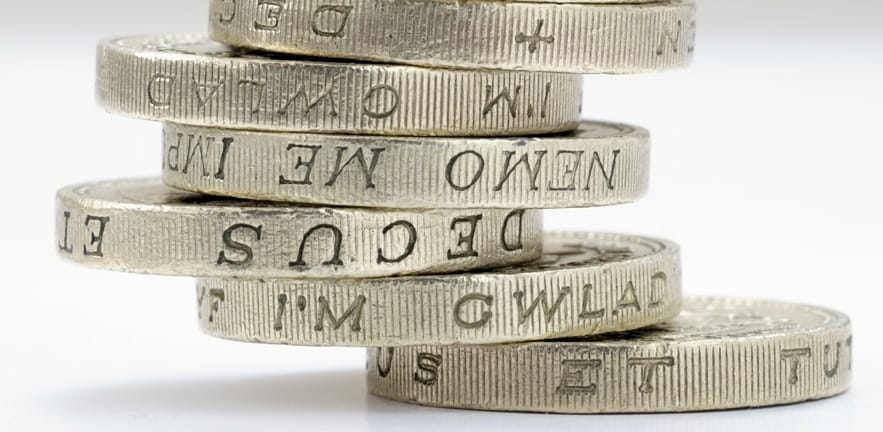Andrew Cook CBE is chairman of William Cook Holdings and believes the longer-term consequences of devaluation are catastrophic. Here, in the third of three pieces looking at the impact of the devaluation of sterling on the British economy, he explains why.

Devaluation is a quack medicine that has been tried time and again. It claims to promise increased business for no effort, but it ignores the fact that there are huge gaps in Britain’s manufacturing sector that are not suddenly going to fill up again. When it was tried in the past it did not boost exports and it did not provide a lifeline to the economy as was suggested it might.
Under Labour and Harold Wilson in 1967, for example, sterling was devalued by 14 per cent against the dollar. There was an initial boost to manufacturing, but four years later exports had fallen to -1 per cent and -2.2 per cent the year after that. Meanwhile, there was an immediate hike in annual inflation, immediately jumping to 4.7 per cent the following year and up a full 9.4 per cent within four years. There was no improvement at all in export figures.
In 1972, Ted Heath and the Conservatives effectively abolished the “sterling area”, in which Commonwealth countries either used sterling or pegged their own currency to it. This, coupled with a deliberate policy of the post-1974 Labour government of mismatching interest rates to inflation, set in motion the long decline of the pound throughout that decade, which saw it fall from DM9 in 1973 to DM3 in 1980. Meanwhile, annual inflation averaged around 15 per cent per annum throughout the 1970s and at one point peaked at 30 per cent. Exports, meanwhile, trended continually downwards.
In 1976, by which time the pound had devalued by about 40 per cent against the Deutschmark and 15 per cent against the dollar, there was again a small initial rise in manufacturing (two per cent) followed fairly shortly afterwards by a resumed decline. Inflation, however, remained high for the next four years.
There was then a revaluation when the incoming Conservative government, in a successful effort to kill inflation, pushed interest rates to 20 per cent between 1980 and 1982. The exchange rate then settled down throughout the 1980s until 1992, when the UK left the ERM and the pound fell by about 25 per cent against both the Deutschmark and the dollar. Surprisingly it didn’t cause too big a hike in inflation but neither did it do much for exports.
By 2012, Germany, despite its strong currency, had boosted its exports of manufactured goods to a massive $1.55trn (£1trn) per year, while the figure for Britain, despite its addiction to devaluation, was a mere $47bn (£29bn). This shows that there are reasons other than rates of exchange why countries can achieve export growth – innovative design, product quality and manufacturing efficiency are paramount among them.
The problem with much of the UK’s lost manufacturing industry was not a strong pound but complacency; a failure to produce decent quality goods and to adjust to market and economic changes. Many companies allowed themselves to be overtaken by the Germans and the Japanese, and manufacturing capability was lost forever. Today, thanks to instruction from Germany and Japan, we assemble good quality cars, whereas we used to make poor quality ones.
All devaluation ever does is to produce a shot in the arm for inflation and encourage complacency, the longer-term consequences of which are catastrophic.


